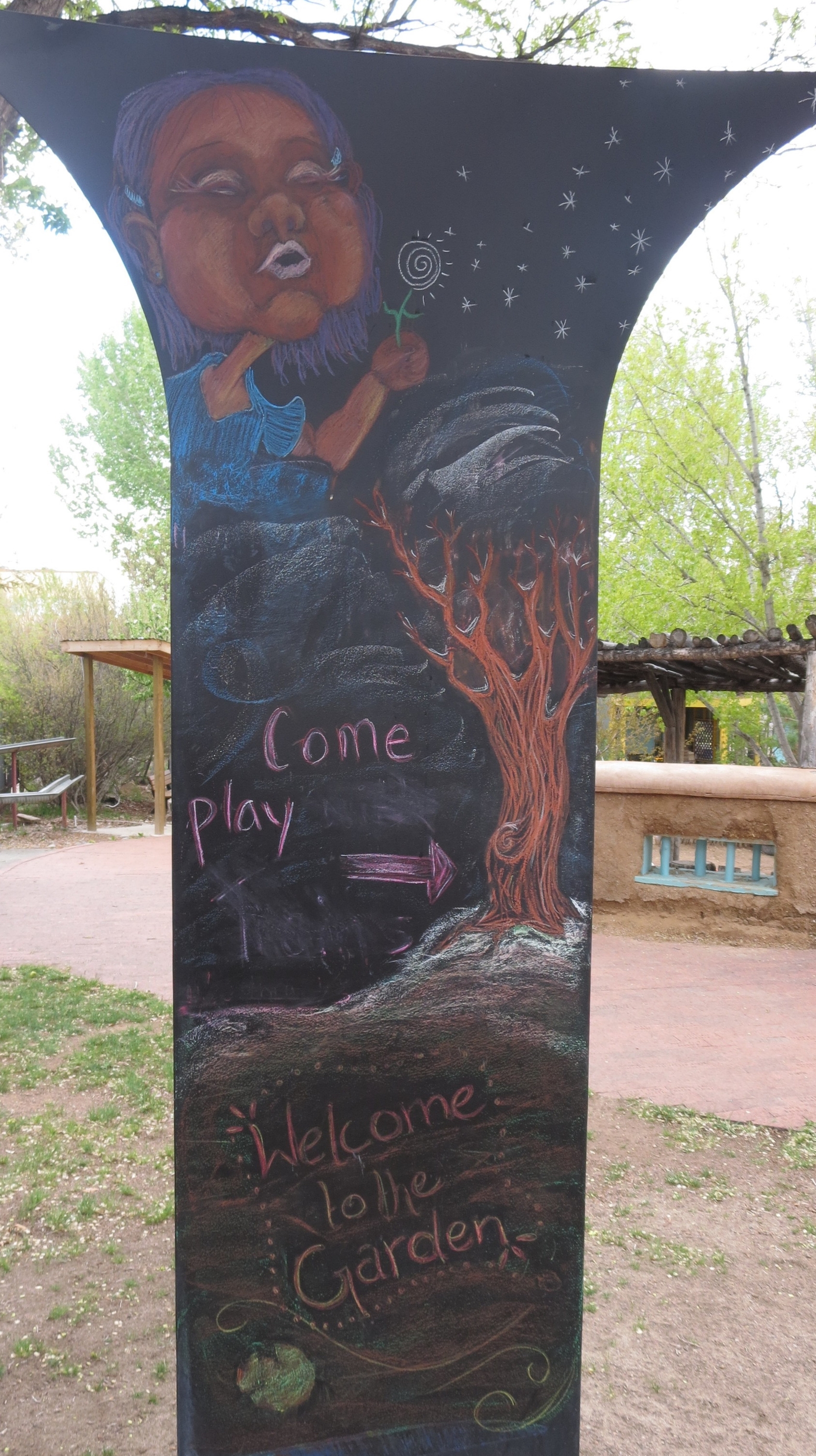Since World War II, ethical standards for conducting research with human participants has been evolving. Researchers affiliated with a university MUST get approval from their institutions’ Internal Review Board BEFORE beginning a study with human participants. Outside of academia there may be different processes and standards for conducting research with human participants. If this topic is of interest to you, consider reading a book by Rebecca Skloot about the evolution of research on a human subject by the name: Henrietta Lacks.
The human cells are referred to as HeLa for the first two letters of the participant’s first and last names. Skloot tells the story of how cells taken from Lacks in 1951, without her permission, have been used widespread by scientists all over the world for several decades to learn more about a range of conditions including polio and cancer. This fascinating story is going to be told on HBO this month. Oprah Winfrey plays the daughter of Henrietta Lacks who shares the impact the research on HeLa cells has had on her life and of other members of the Lacks family. Do you hear that sound? That’s me setting my DVR. I can’t wait to see this movie!
Skloot, R. (2010). The immortal life of Henrietta Lacks. New York: Crown Publishing Group.




























